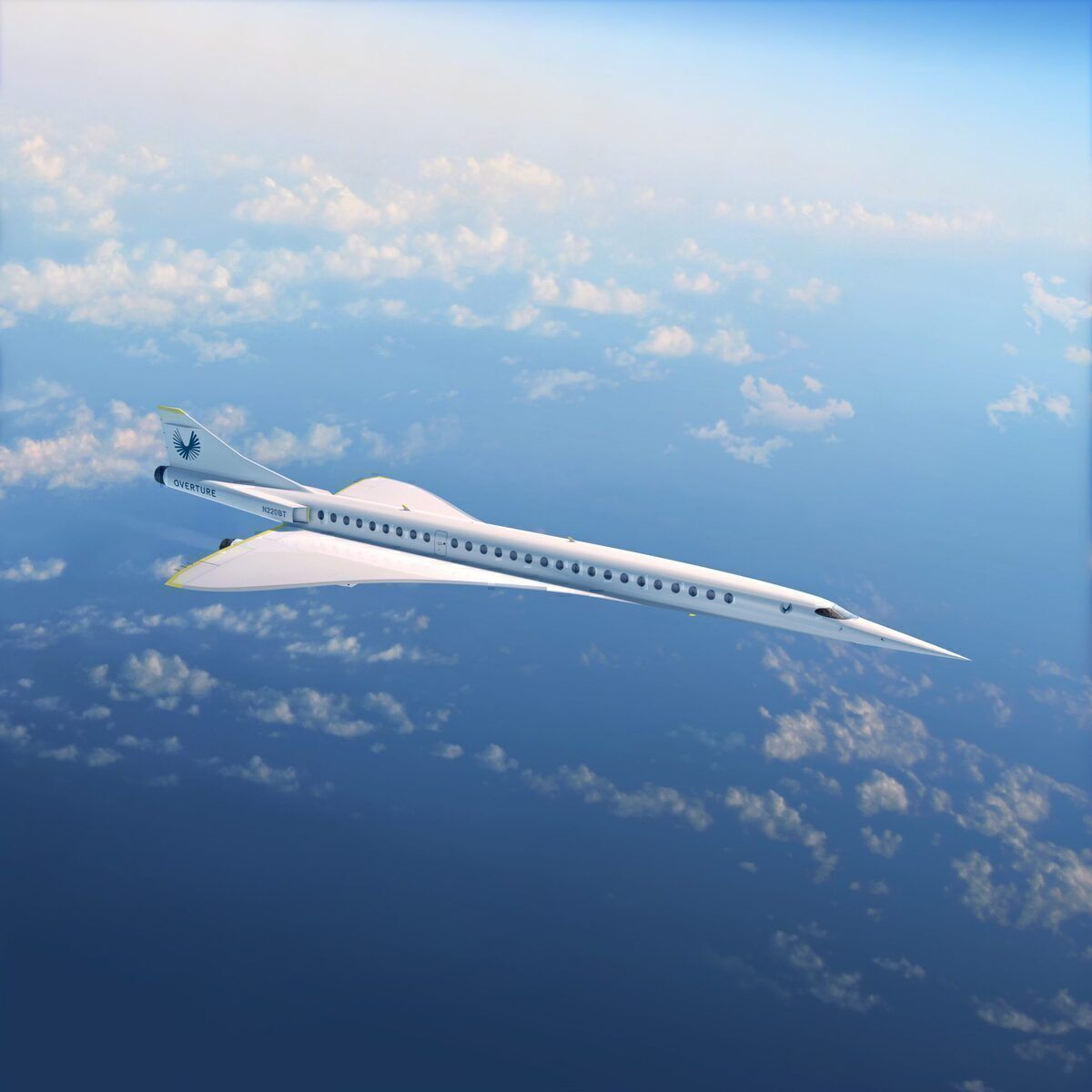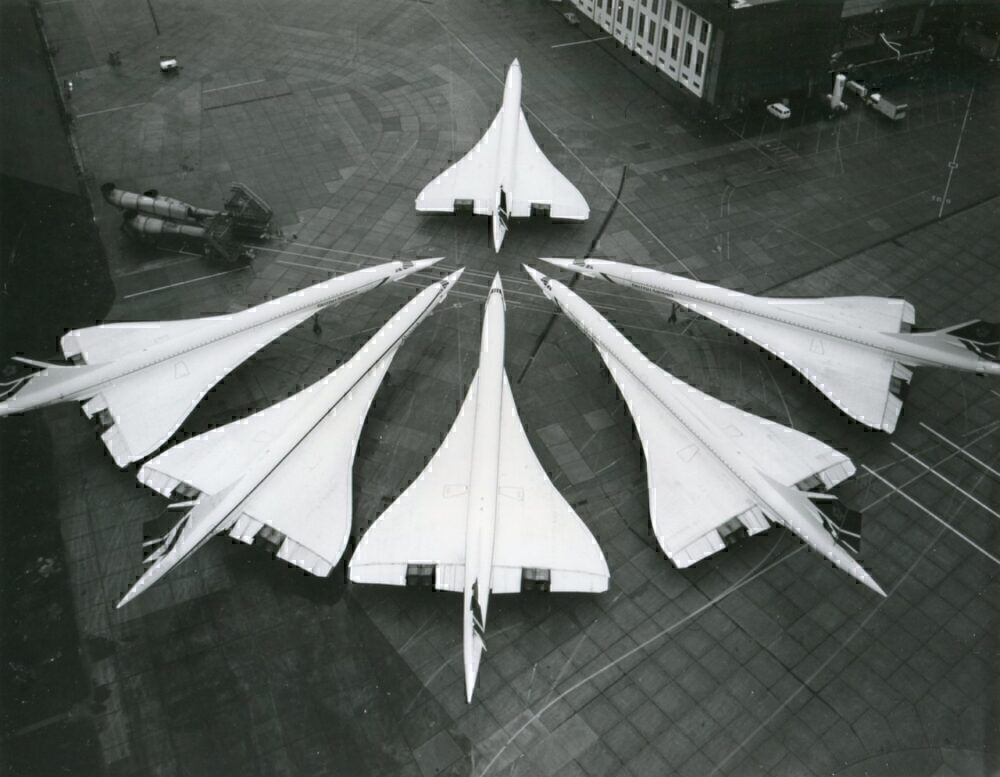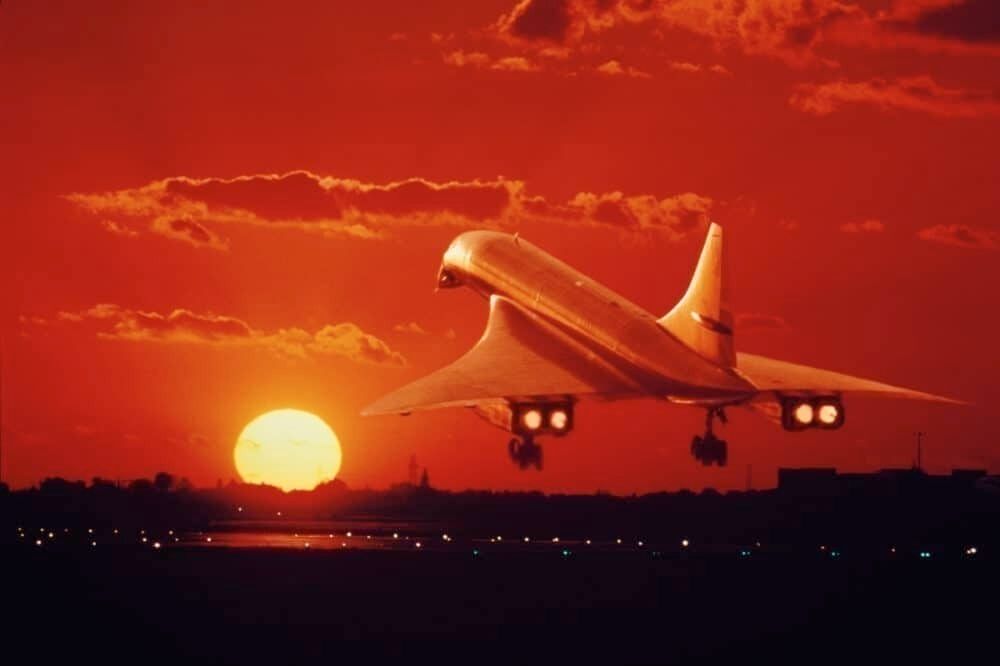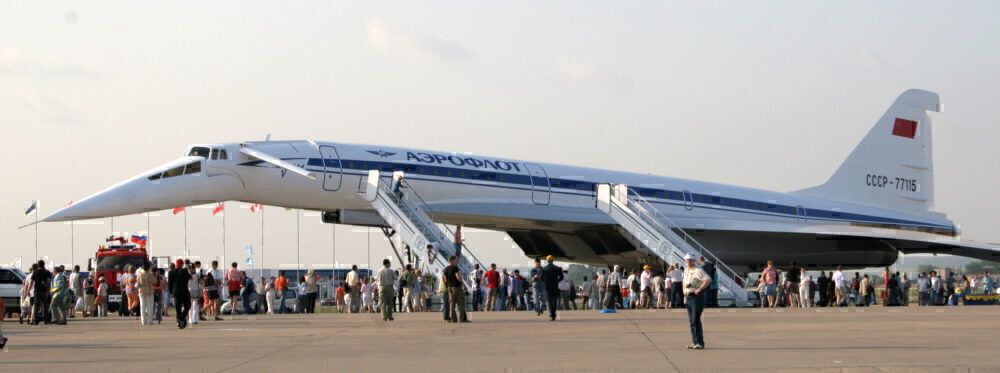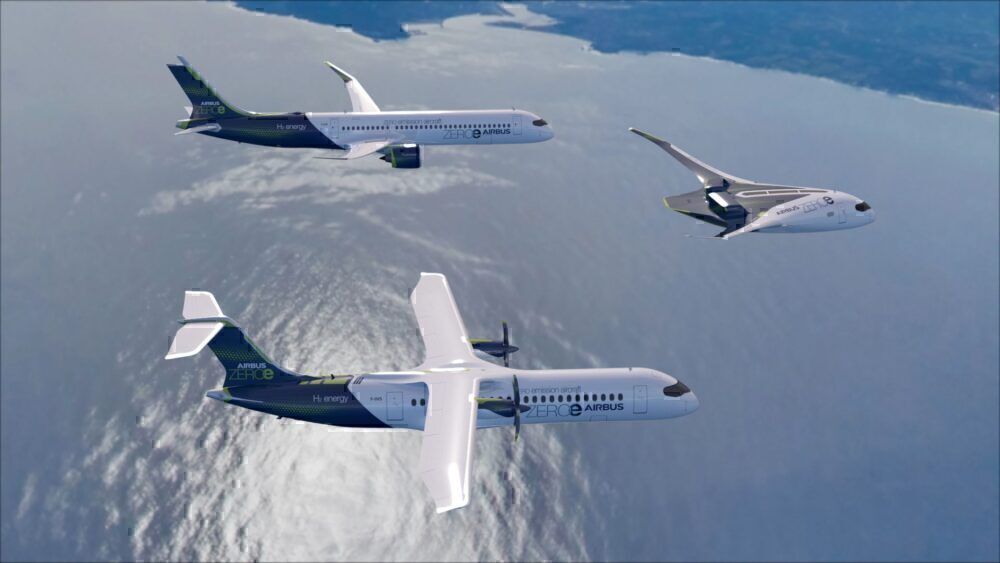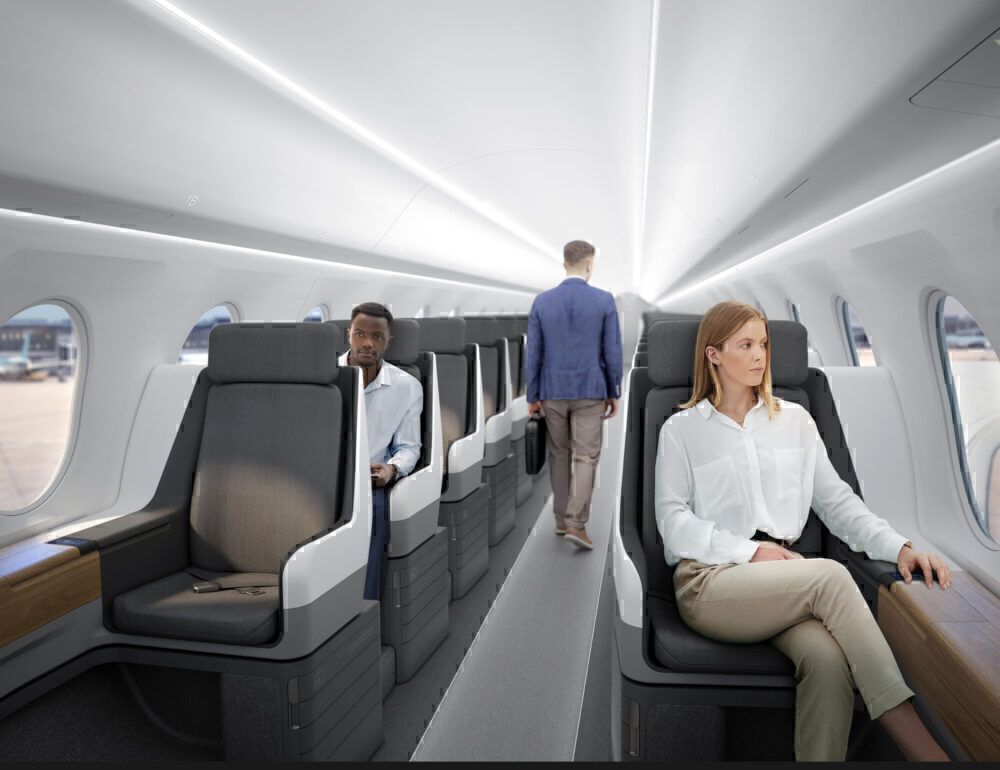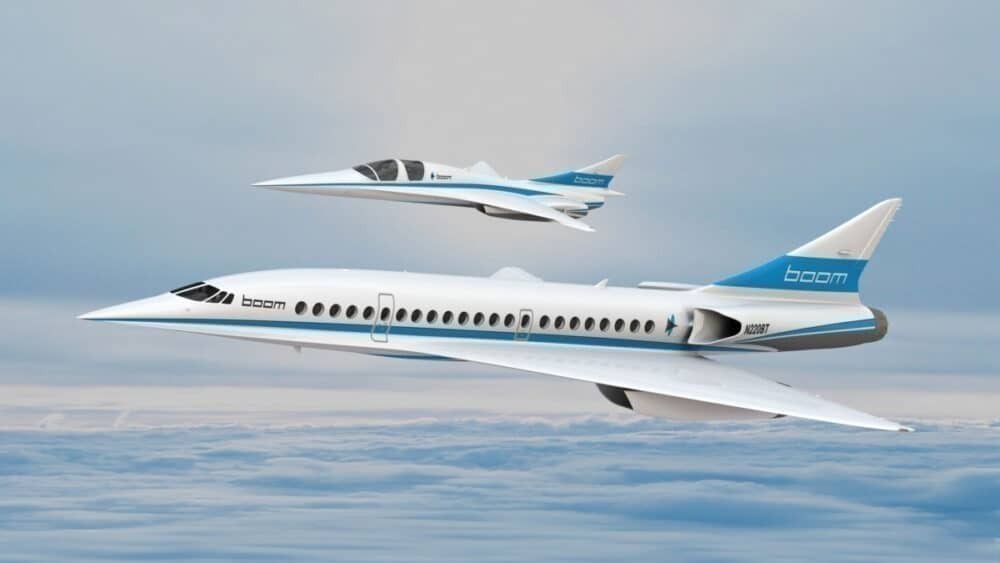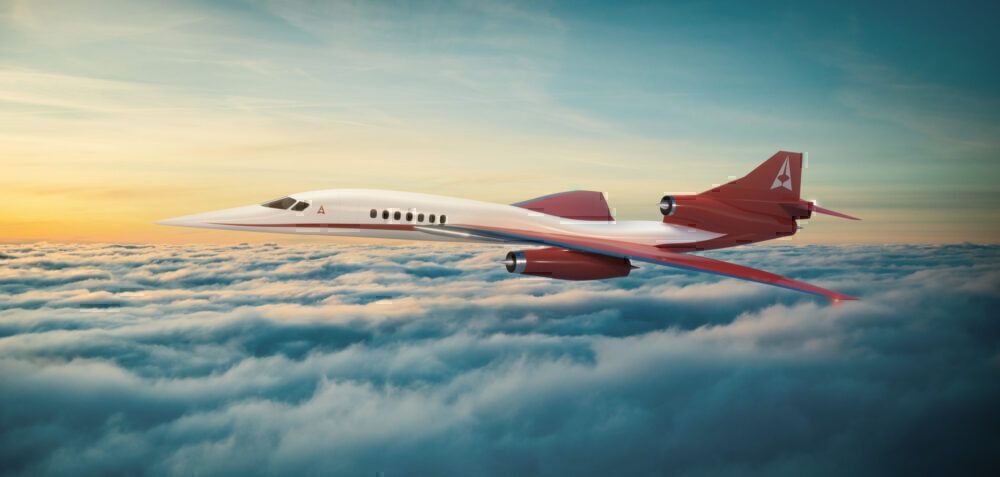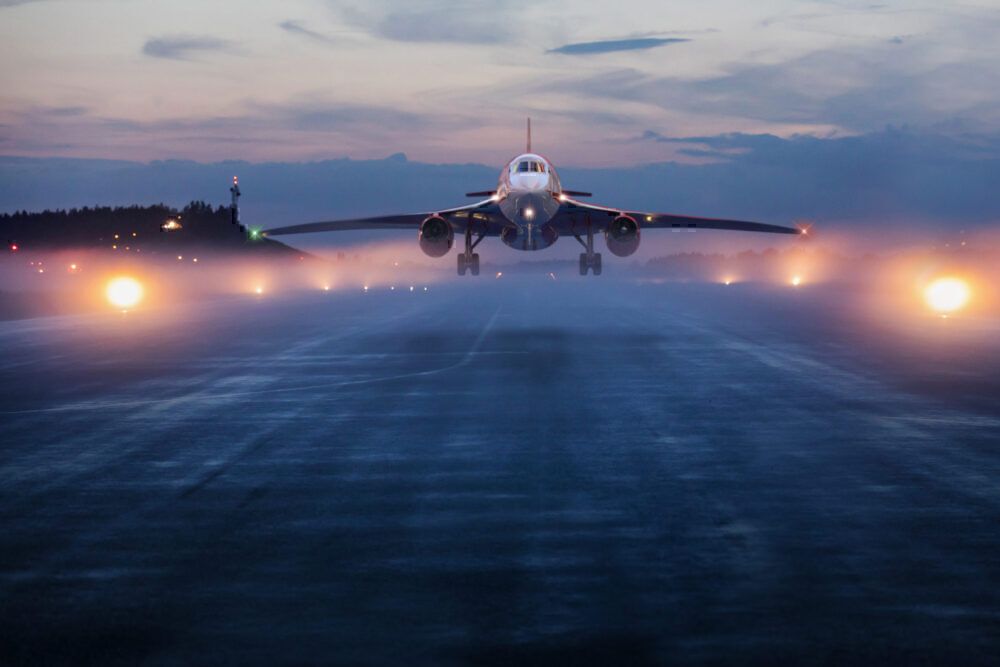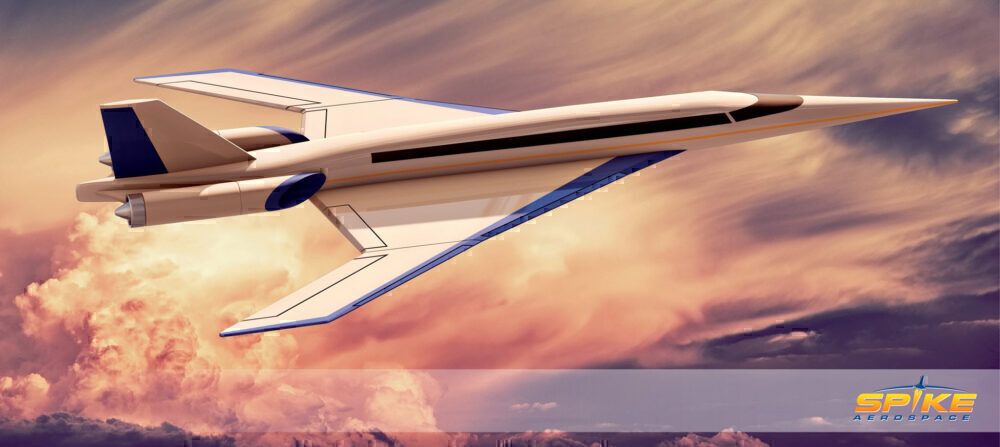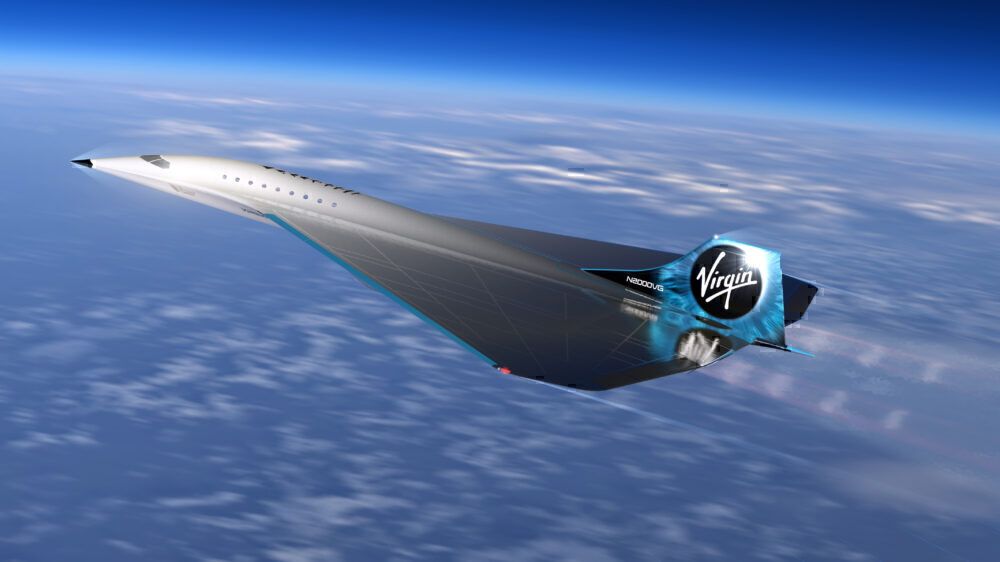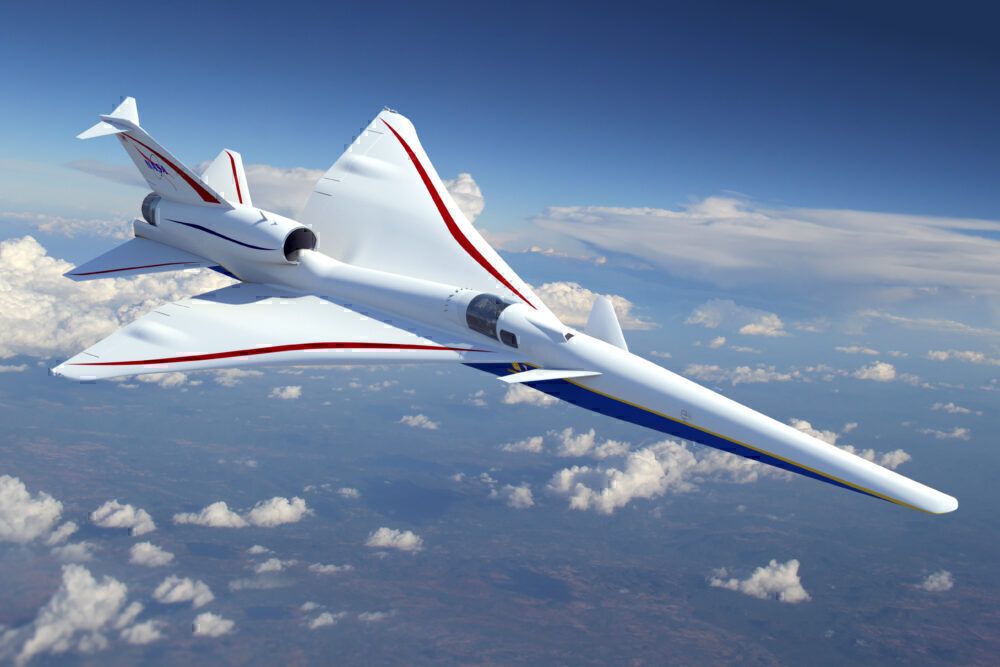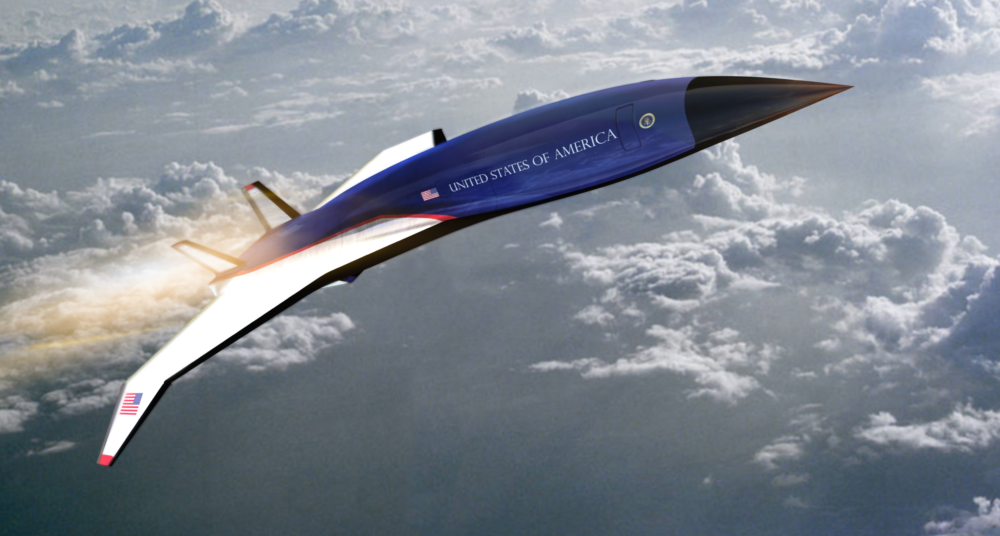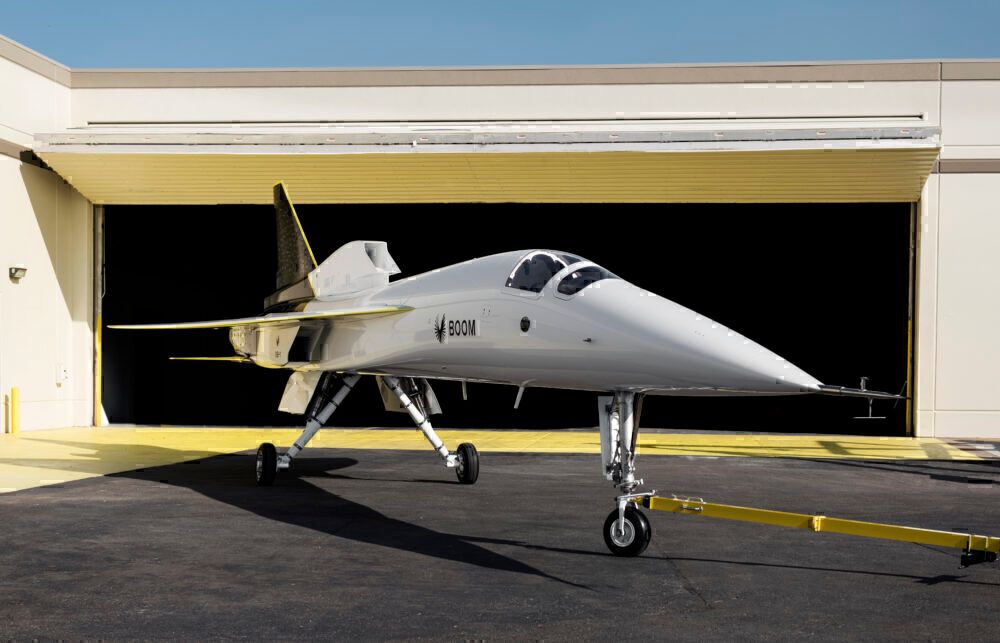It has been 17 years since the last commercial supersonic flight of Concorde. After a long wait, we may soon see supersonic travel return, with several manufacturers currently working on aircraft. The first prototype of one of these has already been unveiled, and we should see it airborne in 2021. If progress remains on track, several aircraft are targeted to be in service before the end of the decade.
[powerkit_toc title="Table of Contents" depth="2" min_count="4" min_characters="1000"]
Going Supersonic – a look back at the last race
We can’t discuss the current race for supersonic aircraft without a quick look back at the last one. This is not the first time we have seen manufacturers rushing to develop and launch a supersonic aircraft. Last time, there was one clear winner, but several others tried.
Stay informed: Sign up for our daily aviation news digest.
Concorde – in service for 27 years
Of course, the most successful aircraft developed was Concorde. It was a joint British and French development and took its first flight in 1969. It started service in 1976. Despite plenty of interest from other airlines, aircraft were only ever delivered to British Airways and Air France. Each airline took seven aircraft, and a further six aircraft were developed as prototypes and test models.
For more on the story of the Concorde and its development, take a look at these Concorde facts. And see this article for details on the various routes it operated.
Despite the glory, Concorde had its challenges. It was incredibly expensive to operate, not to mention environmentally unfriendly. And with a capacity of just 100 passengers, ticket prices had to be high. It also had to compete with much more luxurious business and first class products, with lower pricing and more frequent service. While the fateful crash in Paris and the 2001 terrorist attacks may have finished it off, its fate was sealed before then.
Tupolev Tu-144
The only other commercial supersonic aircraft to be manufactured was the Russian-built Tupolev Tu-144. This in itself was a great achievement, and the aircraft was impressive, with higher capacity and higher speed (Mach 2.15 compared to 2.04) than Concorde. But it was even more fuel-inefficient and had a much shorter range.
The Tu-144 first flew two months before Concorde, not surprising given the competitive race to develop it. It only ever operated one route, Moscow to Almaty, and lasted in service nowhere near as long as Concorde. Reputation suffered after it crashed at the Paris Airshow in 1973, and it was withdrawn from service after a further crash a few years later.
Boeing 2707
As well as the two aircraft that were successfully built and operated, there were other attempts in the 1960 and 1970s supersonic race. Perhaps the best known of these was the Boeing 2707.
The Boeing 2707, also known as the Super Sonic Transport (SST), was the United States’ answer to Europe’s Concorde. It promised higher capacity, speed, and range than Concorde. It also received more orders, 115 from 25 customers. But the project was canceled in 1971, amidst changing economic conditions and fear of too high construction and operation costs.
Lockheed L-2000
The other US project that the government considered was from Lockheed (there was also a design for a mid-size aircraft from North America Aviation, but this was dismissed). The L-2000 used a Delta wing design (rather than the ‘swing-wing’ design from Boeing). It was slightly faster but offered a lower capacity. Ultimately it lost out to the more flexible Boeing SST.
The new race for supersonic
With the end of Concorde, supersonic flights have been on hold for nearly 20 years now. Aircraft and aviation have progressed in other ways, of course. We have seen the launch of the largest passenger aircraft to date and the development of many new, more fuel-efficient, and environmentally friendly aircraft. There are even advances now in electric and hydrogen-powered aircraft.
Supersonic has certainly faded from view for some time but is now making a comeback with several manufacturers well on the road to launching the first aircraft.
One thing all the options share is a focus on efficiency. Manufacturers have learned lessons from Concorde, Tupolev, and the Boeing SST. These all promised a lot, but with high fuel burn and great cost. Airlines, and increasingly environmentally aware passengers, could not take this today.
Boom Supersonic - Boom Overture
The furthest ahead in development is the Boom Overture. It is also the only currently proposed aircraft that offers commercial-scale capacity; the others are all under 20 passengers, focusing more on the corporate market.
This will be a 55 seat premium aircraft, capable of reaching Mach 2.2 and with a range of up to 8,334 kilometers. This is slightly faster and further than Concorde (flying at Mach 2 with a range of 7,223 kilometers). The capacity is much lower than Concorde’s 100, but that will improve efficiency.
The aircraft is being designed with efficiency in mind. It is made from a combination of materials, including carbon composites, titanium, and aluminum. These have been engineered for maximum efficiency and also to withstand the extreme heat of supersonic flight (Concorde achieved this with highly reflective paint).
Boom is aiming for the economics to allow the ticket price to be in the same region as a business class ticket today, about a quarter of the price airlines had to charge for Concorde.
It will reach a speed of Mach 2.2 without the use of afterburners as Concorde used. The engines will also be compatible with sustainable aviation fuels. The prototype uses General Electric J85 engines, but Rolls-Royce engines may be used for the final version.
Already a Boom prototype
Boom Supersonic released the XB-1 demonstrator aircraft for the Overture in October 2020. This is the first new civilian supersonic aircraft to be released since 1968 and marks a great step forward. The XB-1 or ‘Baby Boom’ is a one third scale demonstrator, 68 feet long with a 17-foot wingspan. It is expected to start test flights in 2021.
Will the passenger version be airborne by 2030? Assuming test flights in 2021 proceed successfully, we could see the final configuration and engine choice in place by the end of the year. Boom intends to fly six Overture testbeds for two years. So it could be in service sometime between 2025 and 2027 at the earliest.
There are already orders from airlines for the Boom Overture. According to a 2017 report by FlightGlobal, there were then commitments from five airlines to buy 76 aircraft. This included Virgin Atlantic and Japan Airlines.
Aerion Supersonic – AS2
Aerion is an American aerospace manufacturer based in Reno, Nevada. It has proposed the AS2 as the first privately built supersonic business jet.
This will be very different from the Boom Overture and Concorde. With just eight to 12 seats, it is clearly targeted at the business and corporate jet market.
The AS2 will also be slower, with a top speed of Mach 1.2, still enough to give a four hour travel time from London to New York.
Aerion has an especially impressive commitment to environmentally sound operation. As well as focussing on fuel-efficient design and operation, it is aiming for carbon-neutral emissions from the very first flight. The AS2 will run on 100% sustainable aviation fuels, and Aerion will offer a carbon offsetting program to customers.
Construction is yet to begin, but Aerion completed wind tunnel testing in November 2020. It is hoped that component construction will begin in 2022 and assembly in 2023. Bloomberg has reported that the first AS2 delivery is planned for 2027.
Spike Aerospace - S-512
Boston-based Spike Aerospace has released plans for a business jet with a capacity of 12 to 18 passengers and a speed of Mach 1.6.
The Spike jet stands out from the others, though, for its range. This is an impressive 11,500 kilometers, which would allow travel from London to Hong Kong or the US West coast or Dubai to New York. It also plans to have a windowless cabin, with external images projected inside. This will reduce structural cost and complexity.
This is in the early stages, but the company is ambitious. According to reporting by FlightGlobal, Spike intends to develop a two-thirds scale demonstrator by the end of 2021 and is aiming for aircraft deliveries from 2025.
Virgin Galactic Mach 3
Virgin Galatic unveiled plans in August 2020 for the Virgin Galactic Mach 3. It is being developed together with Rolls-Royce. This, too, will be a smaller, business-focussed jet, with a capacity of up to 19 passengers.
As its name suggests, it will offer a top speed of Mach 3, well ahead of the competition. If it can achieve this, it could be a major success. While speed is often not a main deciding factor between commercial aircraft, this is the main focus of supersonic jets.
The Mach 3 remains in the design and proposal stage, and a development timescale has not been released. Virgin also has ambitions to go further, and once the Mach 3 is developed, we could well see larger supersonic developments follow, more suitable for airline use.
Other supersonic plans
There are a few other notable supersonic projects underway or planned that should be mentioned. While these will not initially lead to a flying passenger jet, we could see them in development or in the air in the coming years.
Lockheed Martin and the X-59 QueSST
Lockheed Martin is working in partnership with NASA on the X-59 QueSST (Quiet Supersonic Technology) supersonic jet. This, too, has focused on efficiency and directly considers the challenge of noise and the sonic boom created. This prevented Concorde was flying supersonic over the mainland US, something that would be important to overcome for a larger market.
The X-59 will be an experimental aircraft designed to test and develop the technology. It is not yet planned as a commercial or passenger jet.
The manufacturing of parts began in 2018 (according to Lockheed Martin). Lockheed Martin was targeting a first test flight in 2021, but this has been delayed. In August 2020, a Public Affairs Officer at NASA told Simple Flying:
“While 2021 was our target date, potential impacts from COVID and production challenges are being assessed, and an updated target flight date will be announced once this assessment is complete.”
A US military supersonic passenger jet
In August 2020, Simple Flying reported on an early contract from the US Air Force to look at a hypersonic passenger jet's potential, likely as part of the VIP and Presidential fleet.
A $1.5 million contract was awarded to start-up company Hermeus, to look into an aircraft capable of reaching Mach 5. It won this contract after it successfully tested a Mach 5 combined-cycle engine prototype in February 2020.
Clearly, it is early days for such technology, but it could proceed quickly with government backing. Such speeds would change travel beyond recognition – Mach 5 is equivalent to 6,174 kilometers per hour!
Something from Russia?
Just like in the race to develop Concorde, it appears Russia could be interested too. We have yet to see any firm proposals, but funding from the government was announced in mid-2020. Funding of Rb15.5 billion ($205 million) will be spread over the next four years for several high-tech projects, including supersonic flights.
Early indications are that a passenger aircraft could be based on the already operational Tu-160 military supersonic aircraft. Like other manufacturers, the need to cut down its environmental and noise impact has been well noted.
Who will be first?
With the slowdown in aviation, and business travel, in particular, it may seem like the wrong time to be developing supersonic travel. For many years, these plans have been in place, though, and are still some time from completion. We may delays as budgets are stretched or markets re-assessed, but it seems that the appetite for supersonic aircraft is back, but likely smaller and much more efficient than before.
Boom is certainly further ahead with its Overture aircraft, having already flown a scale prototype. It also has airline orders and could be seen flying as early as 2025. But it is also the largest aircraft, and to meet commercial airlines' demands and safety requirements, there could be delays.
Although currently not as far ahead in development, the smaller aircraft could make it to market sooner, especially if airline needs decline as we come out of the pandemic. These would be lower cost and more attractive for the business jet market.
Challenges still remain
Technology has moved on a long way since the first supersonic race, of course. The push then was to achieve supersonic flight, seemingly at whatever fuel burn needed. Today, efficiency is a major focus of all manufacturers. And this should make a big difference to aircraft’s appeal to both airlines and passengers, and the ticket price charged. As we already discussed, Boom is aiming for ticket prices in the same region as today’s business class tickets.
Noise pollution, particularly the sonic boom associated with supersonic flight, remains a problem. Regulations have not shifted much in this area, and overland operations will likely still be very limited, including over the US. The US FAA is looking at revising proposals for supersonic flights, but there will still be restrictions. To read more about supersonic flights and booms, see our previous article on this.
Companies, though, are addressing this. Spike is engineering the S-512 to reduce sonic boom noise to 75 perceived decibels (according to FlightGlobal). Lockheed Martin is aiming for the same. For comparison, Concorde had a 105 decibel perceived boom.
Are you excited about the prospects of a return to supersonic travel? Will airlines succeed in making it commercially viable this time? Let us know your thoughts in the comments.

